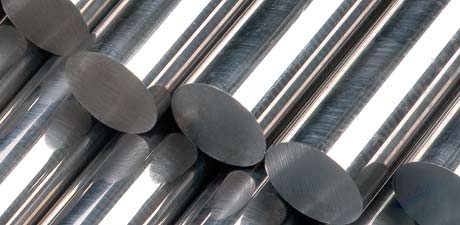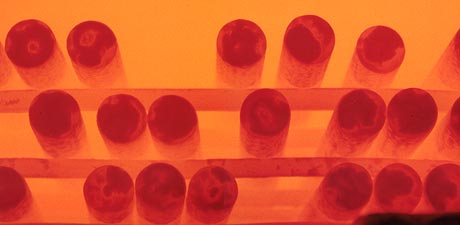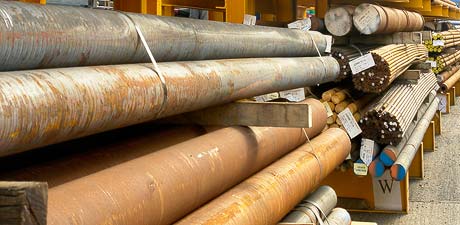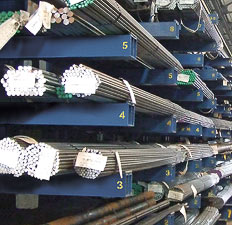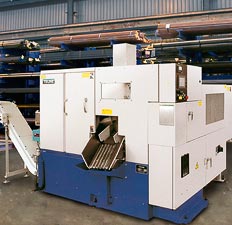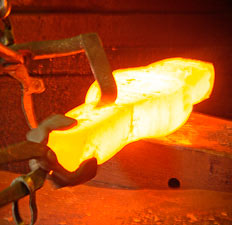Technical Data
Metallurgical Terms
Powder Metallurgy.
The art of producing metal powders and forming them into coherent objects. Individual, mixed, or alloyed metal powders, with or without the inclusion of non-metallic constituents, are pressed or moulded into objects which may be simultaneously or subsequently heated to produce a coherent mass, either without fusion or with the fusion of a low melting constituent only. The product may be used directly or forged to improve its qualities.
Precipitation Hardening.
(See Ageing).
Precision Casting.
A metal die is used to make a wax (Lost Wax Process) or frozen mercury (Mercast) pattern. This is invested with a refractory slurry forming a mould which after drying and baking can be used for casting into. The pattern melts and runs out when the mould is warmed. Large numbers of very small accurate castings can be made in this way. The Lost Wax process has been used only comparatively recently for steel; it is sometimes known as the Cire Perdue process and was used for bronze and precious metals by the ancient Egyptians and Benvenuto Cellini among others.
Press Forging.
(See Forging).
Pressure Die Casting.
The usual die casting process in which the molten metal is forced into highly finished moulds under considerable pressure by plungers, air pressure or combined methods.
Primary Metals.
(See Secondary Metals).
Primary Pipe.
(See Pipe).
Proof Stress.
The stress which is just sufficient to produce a permanent elongation equal to a specified percentage of the original gauge length. It can be determined (a) by direct measurement of the gauge length after various loads have been applied to the test piece and removed, or (b) from the load-elongation curve by drawing a line parallel to the straight portion of the curve and distant from it by an amount representing the required permanent elongation, thus determining the load at which the line cuts the curve.
Proportional Limit.
(See Elastic Limit).
Pt.
Chemical symbol for platinum.
- < Previous
- 1
- 2
- 3


